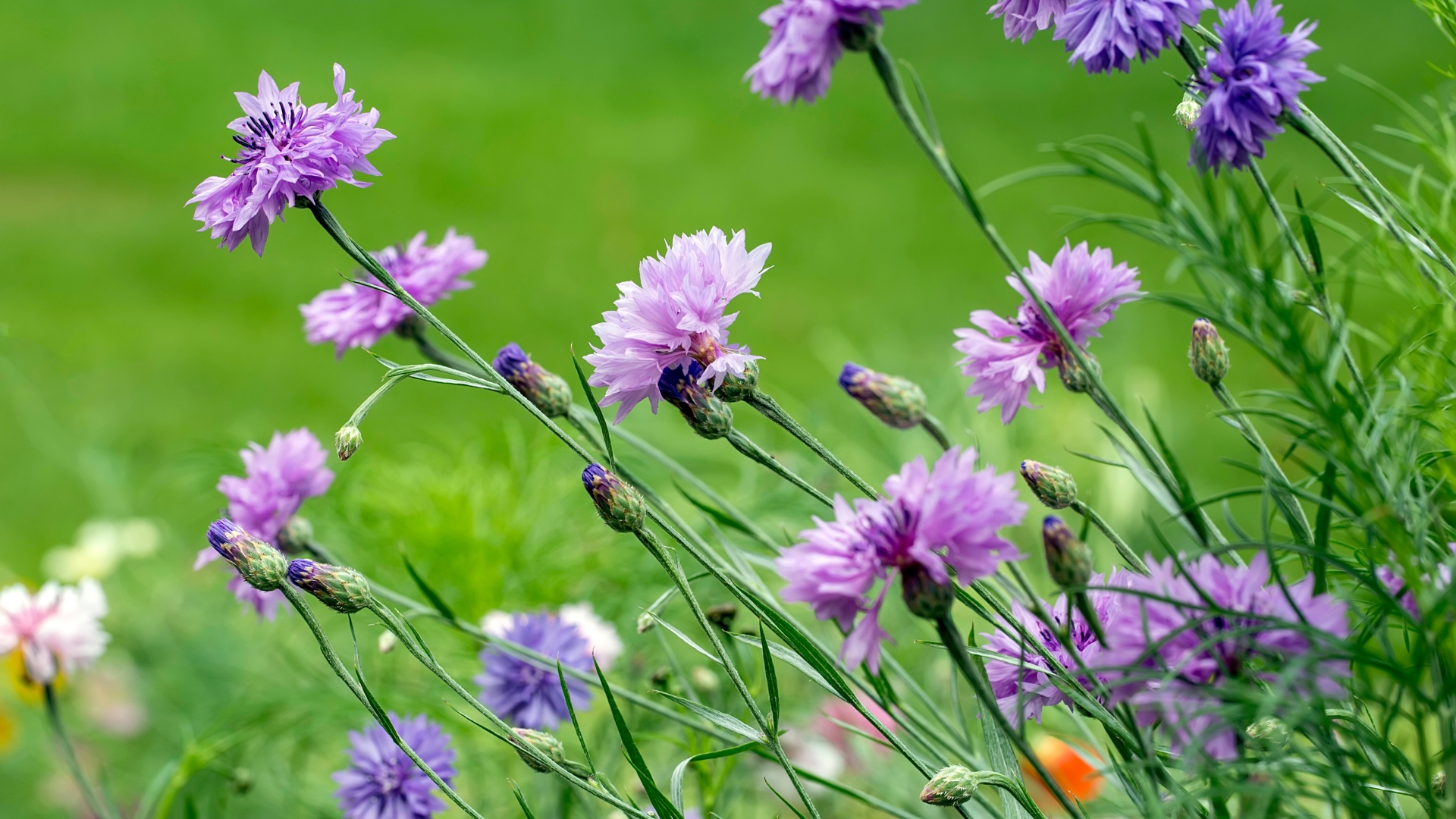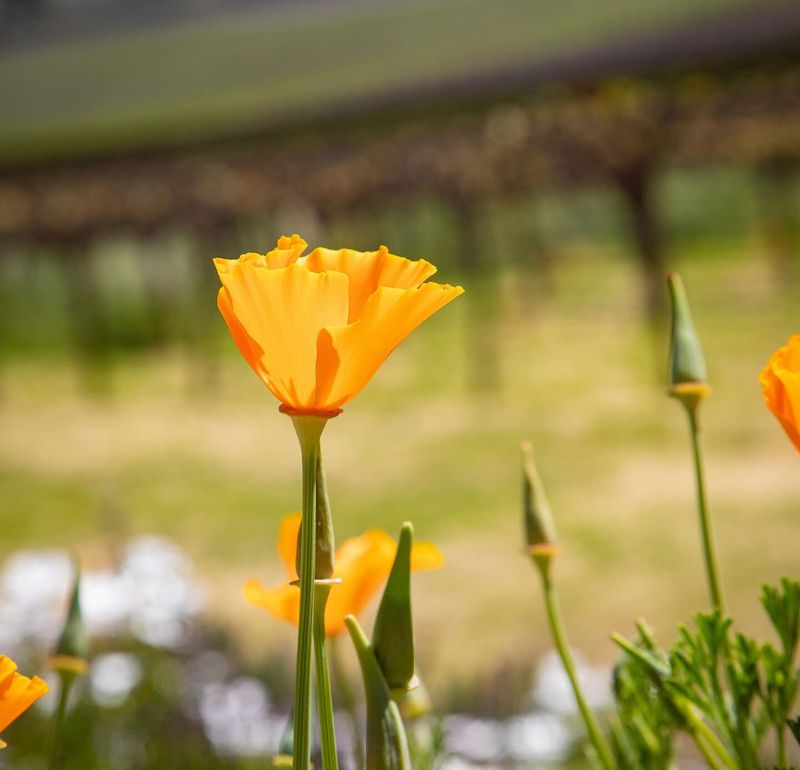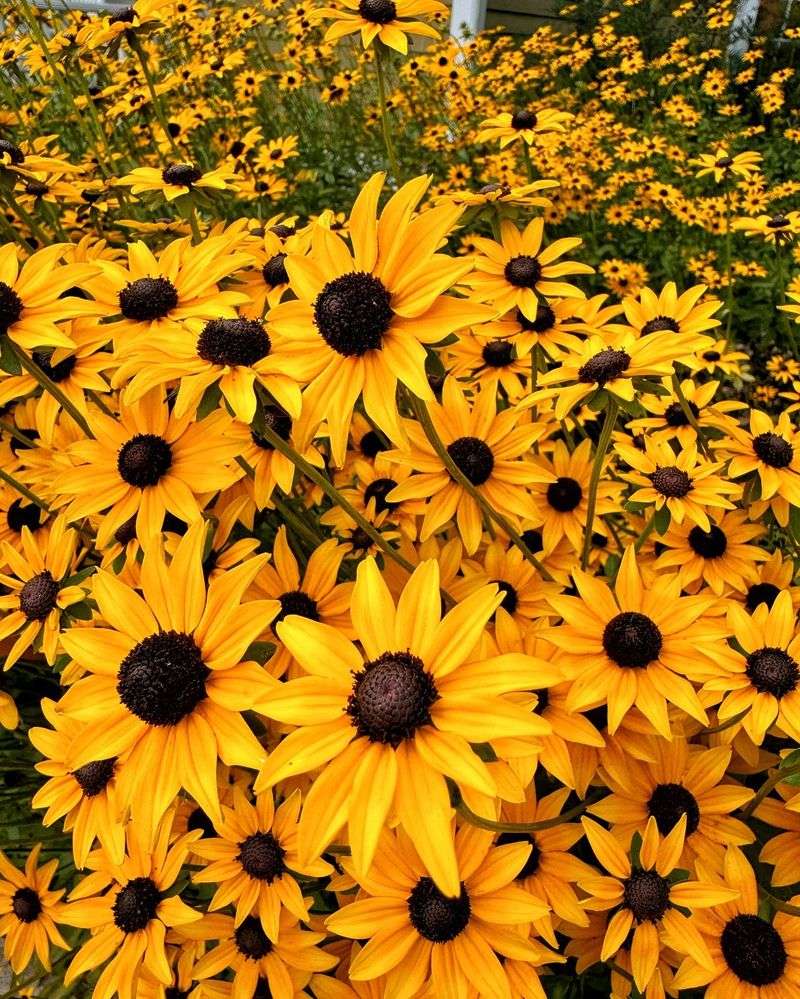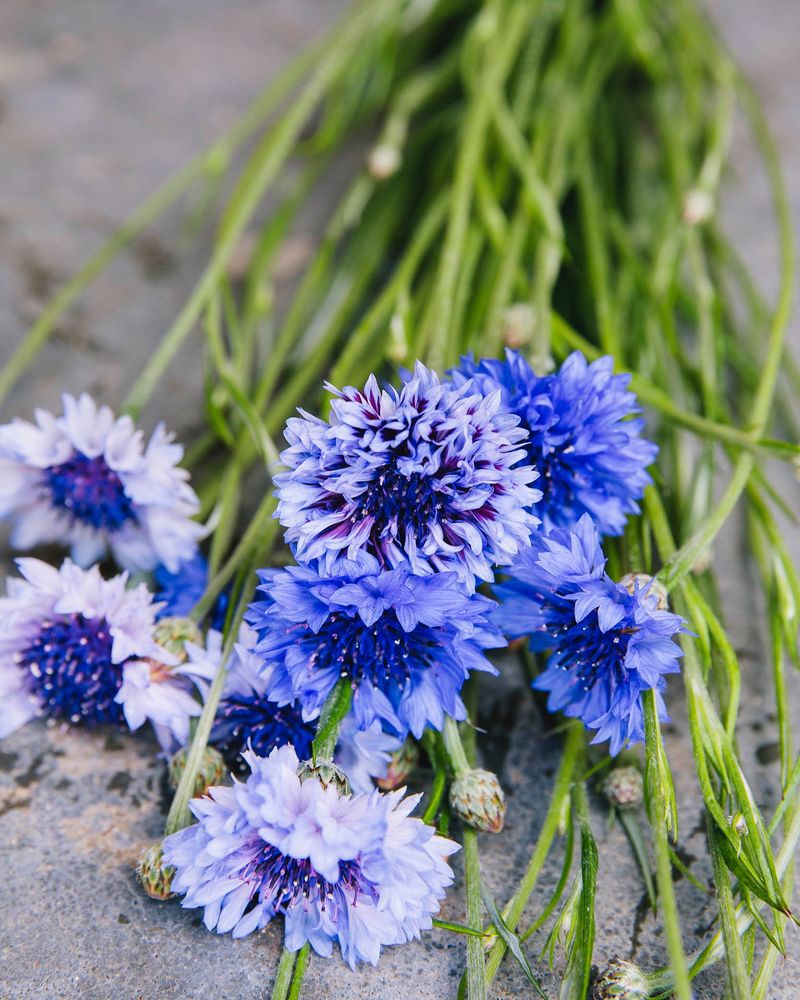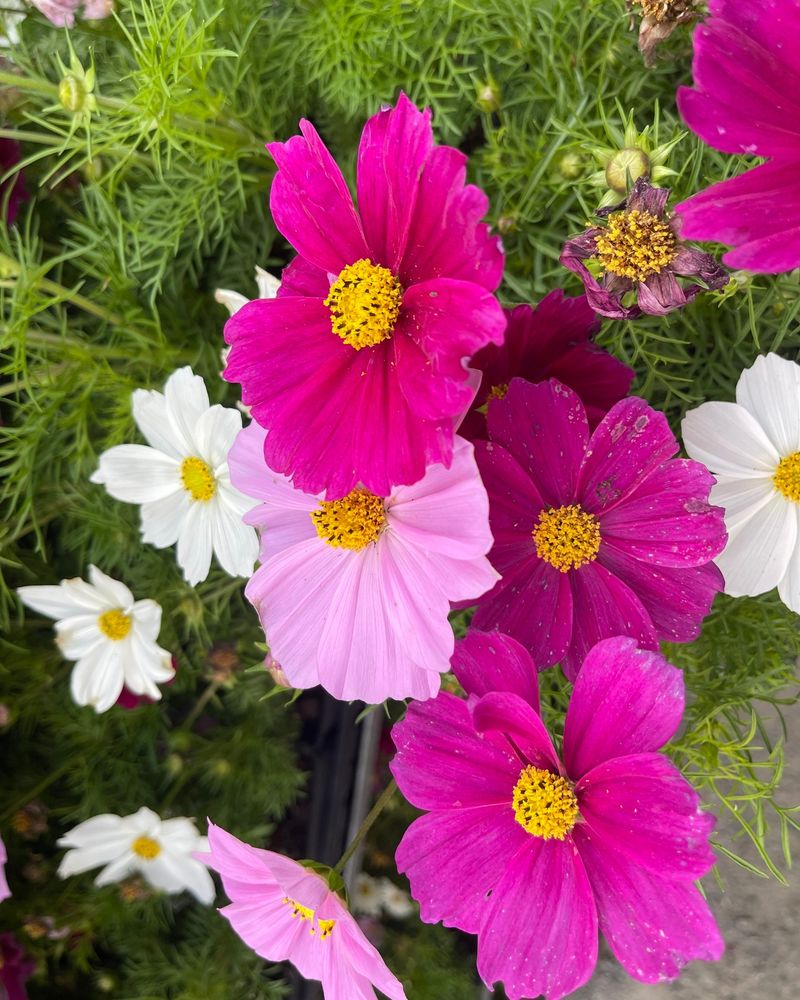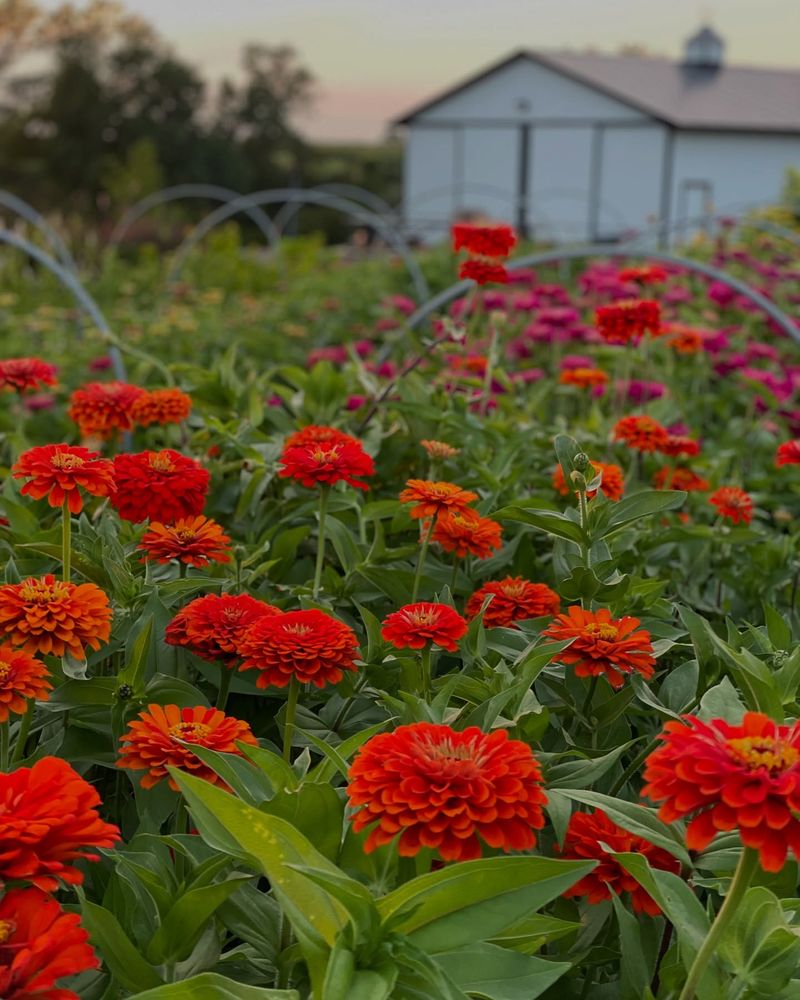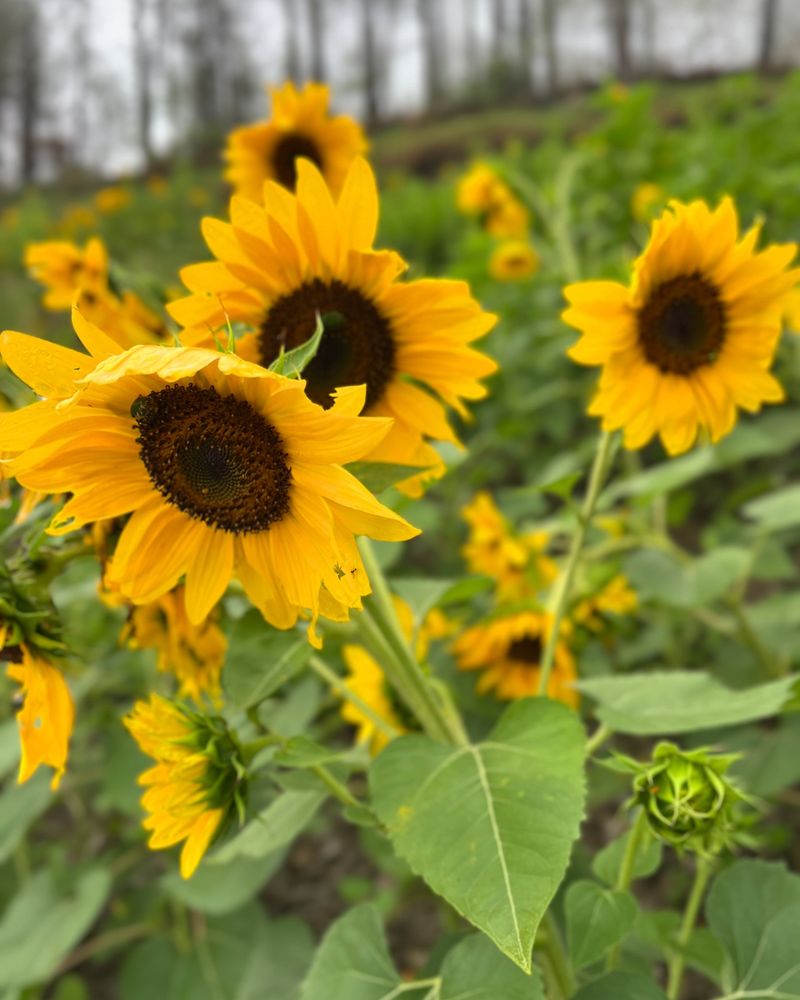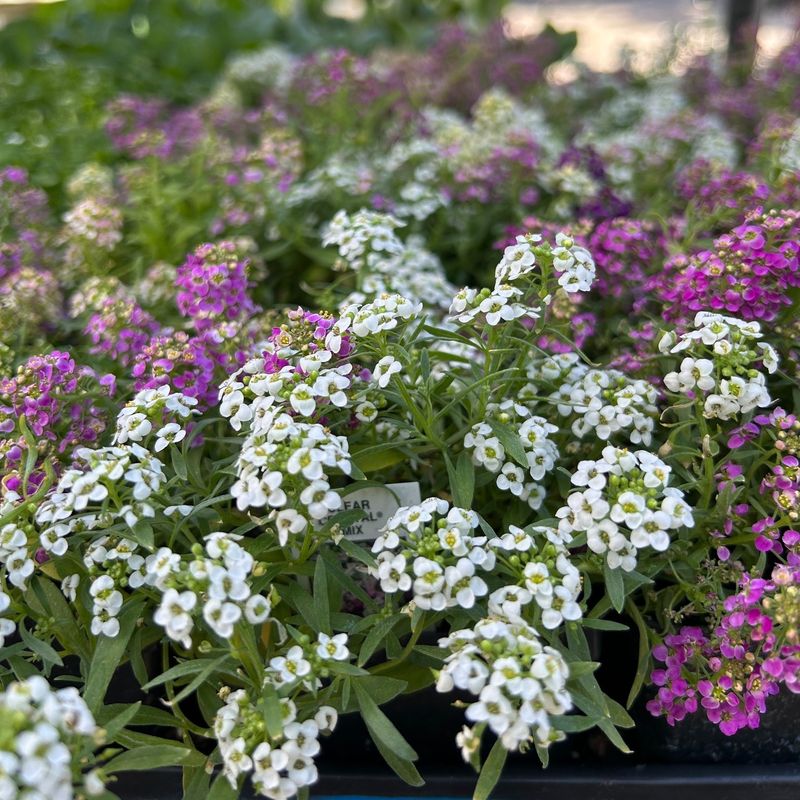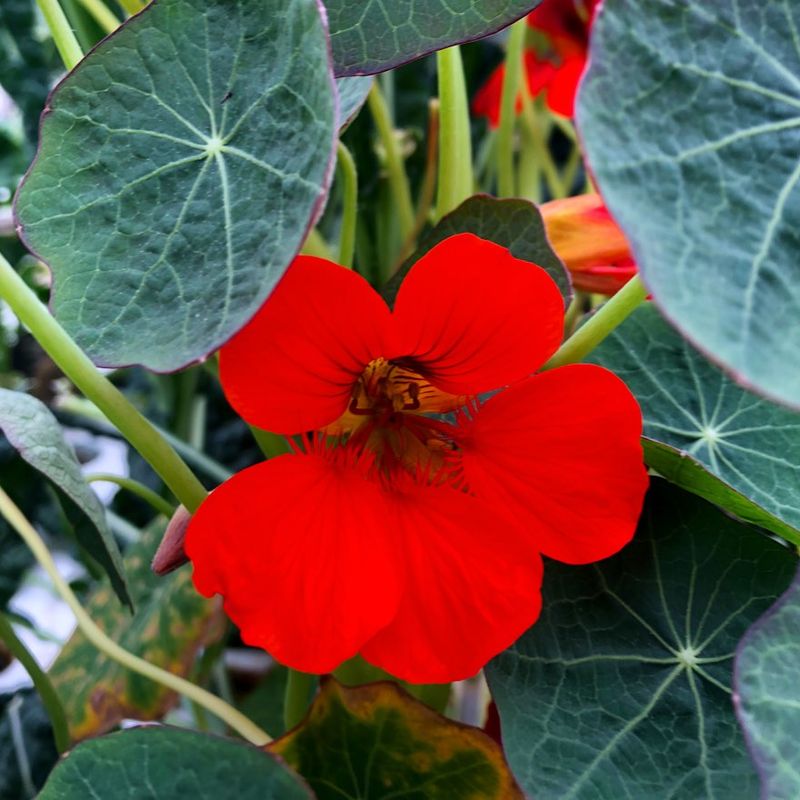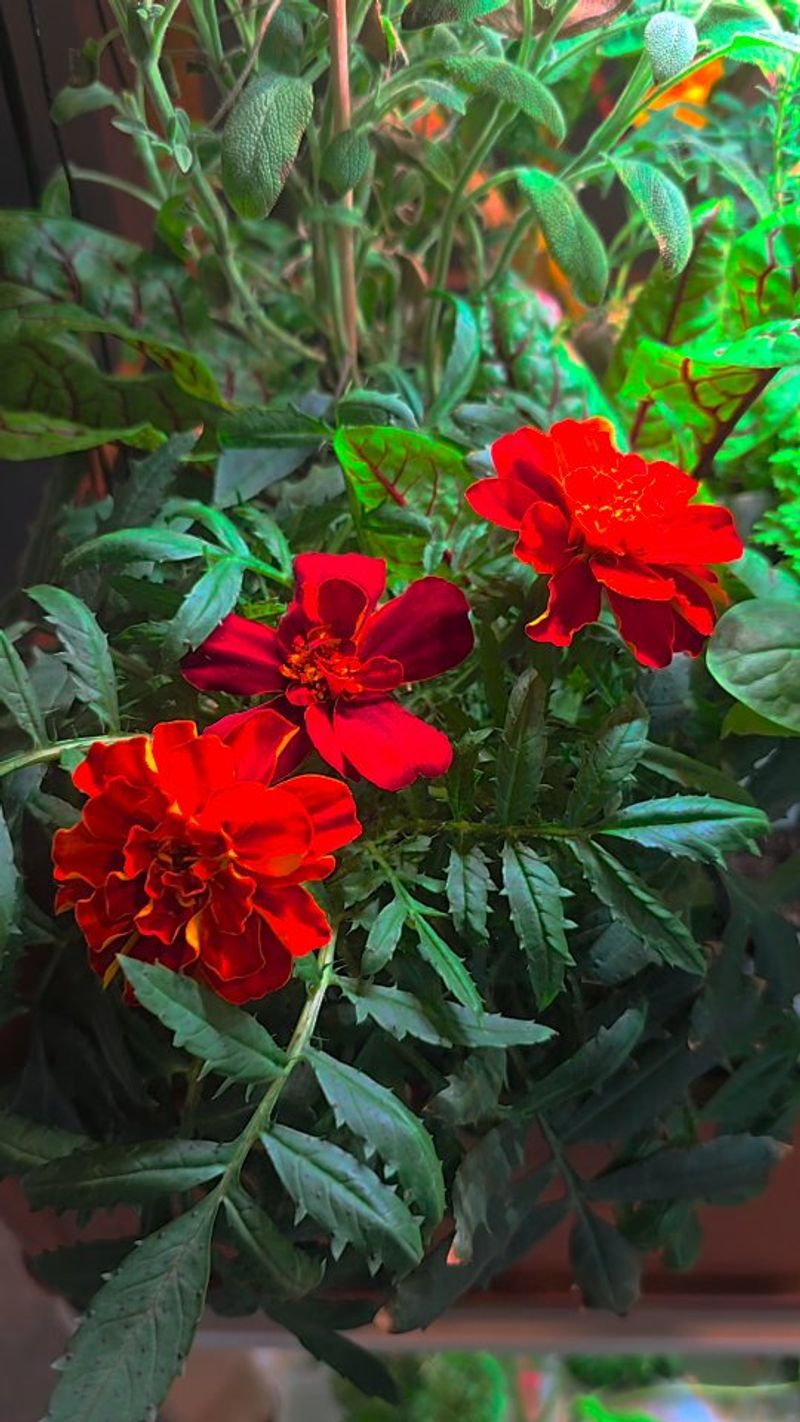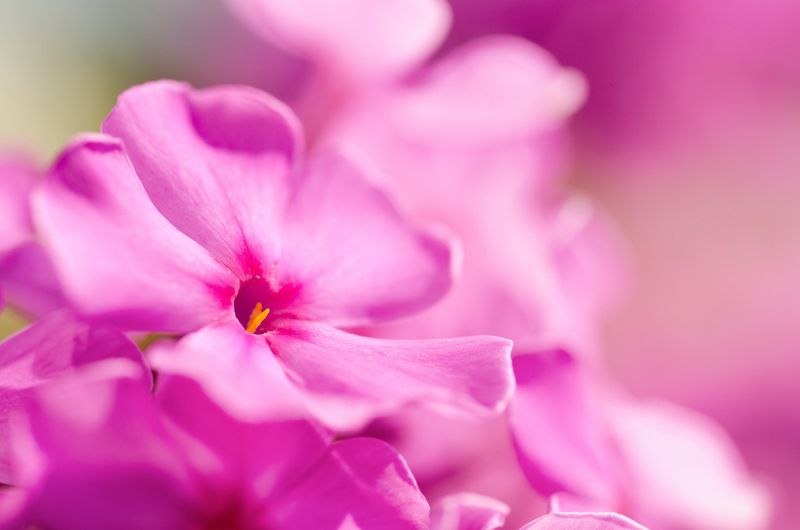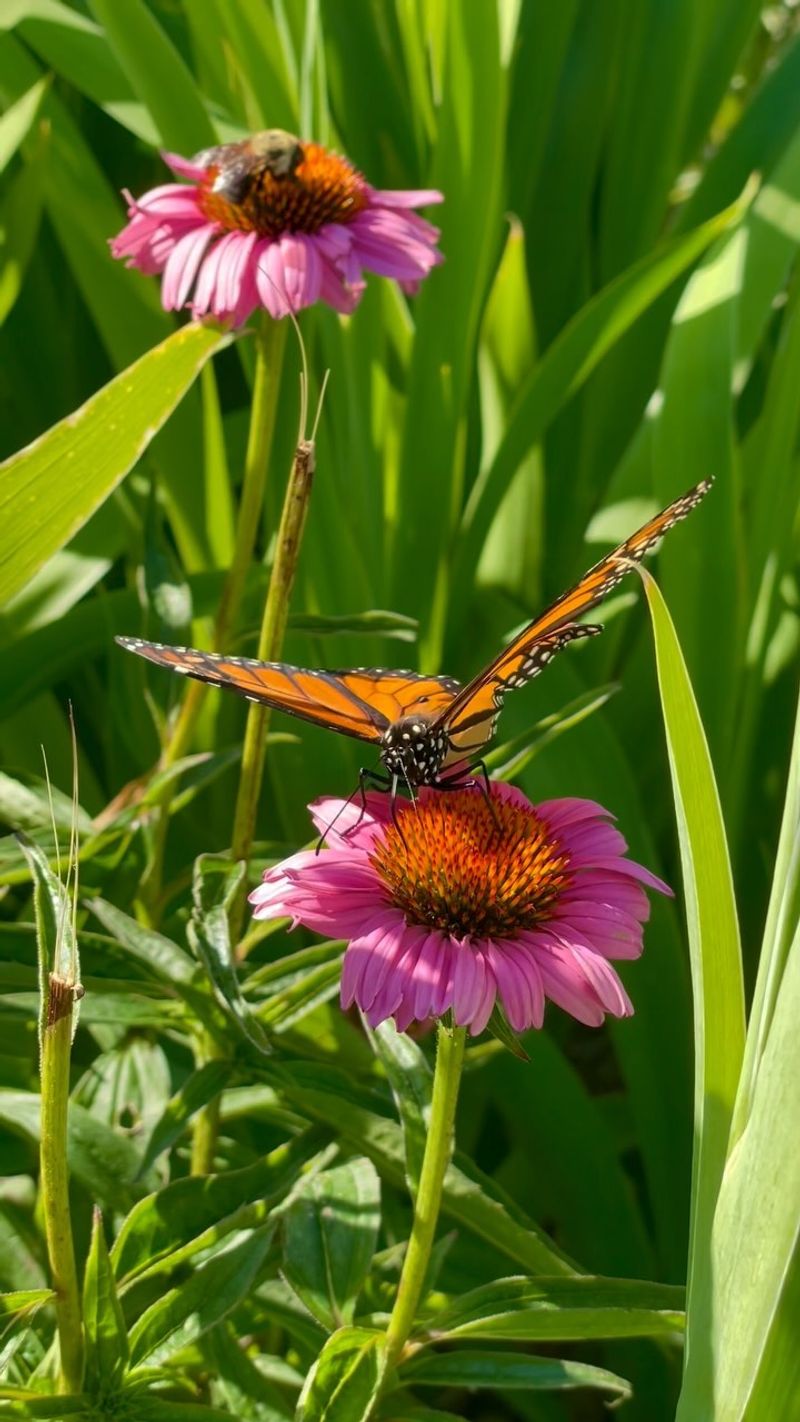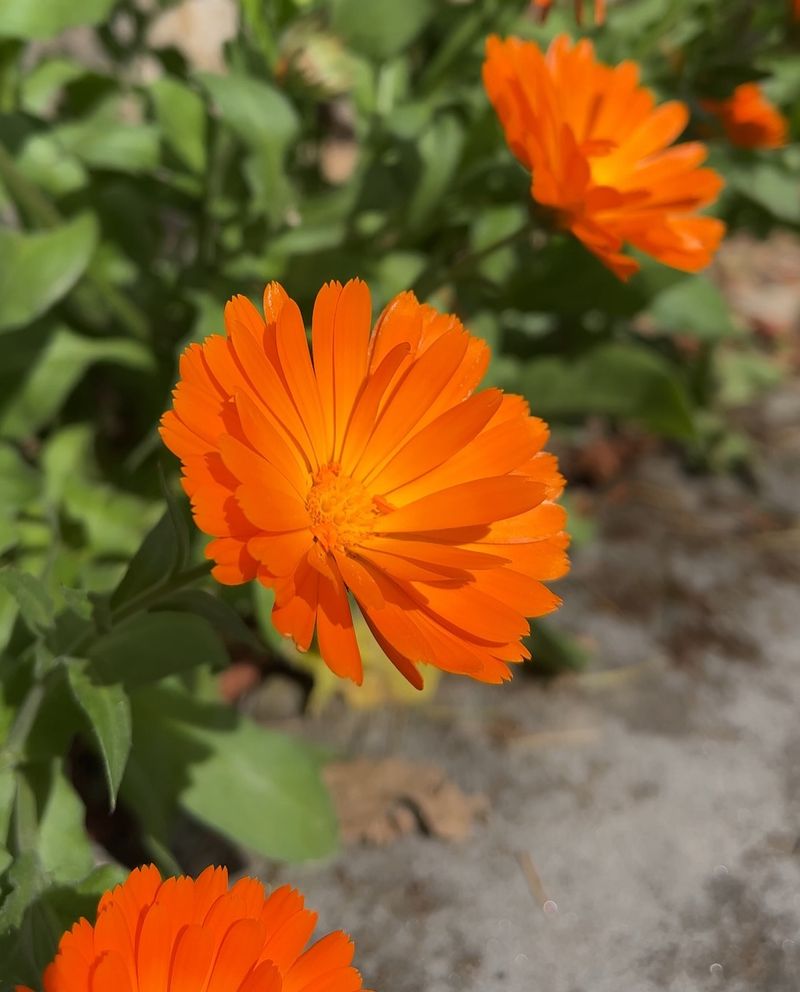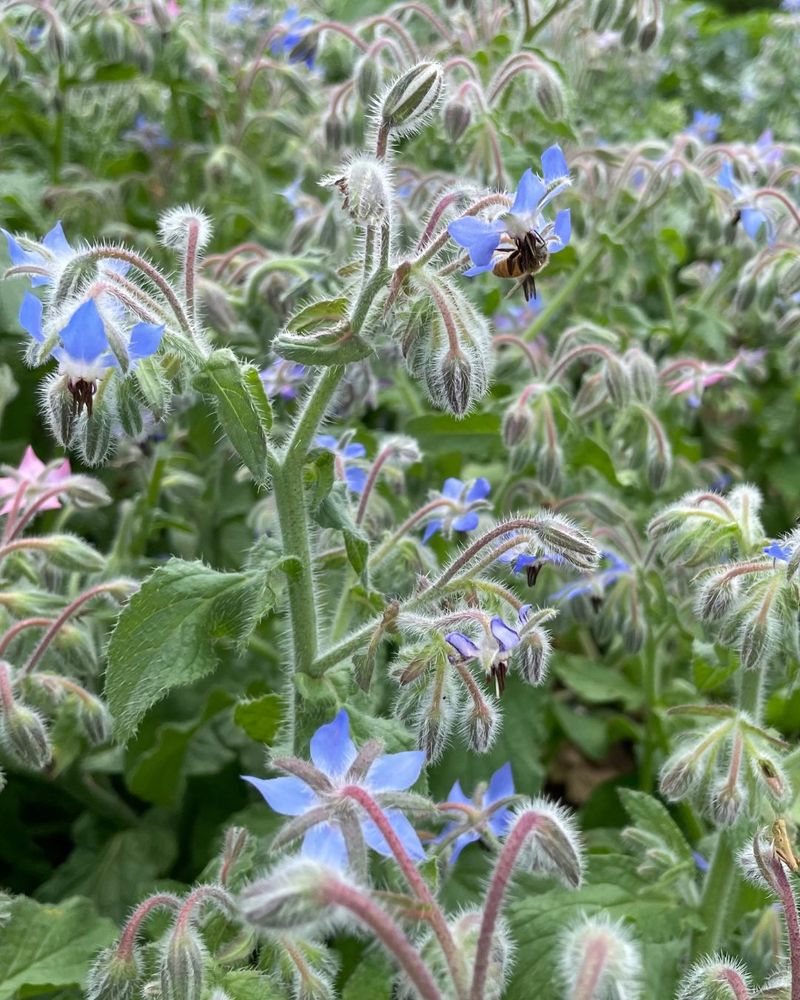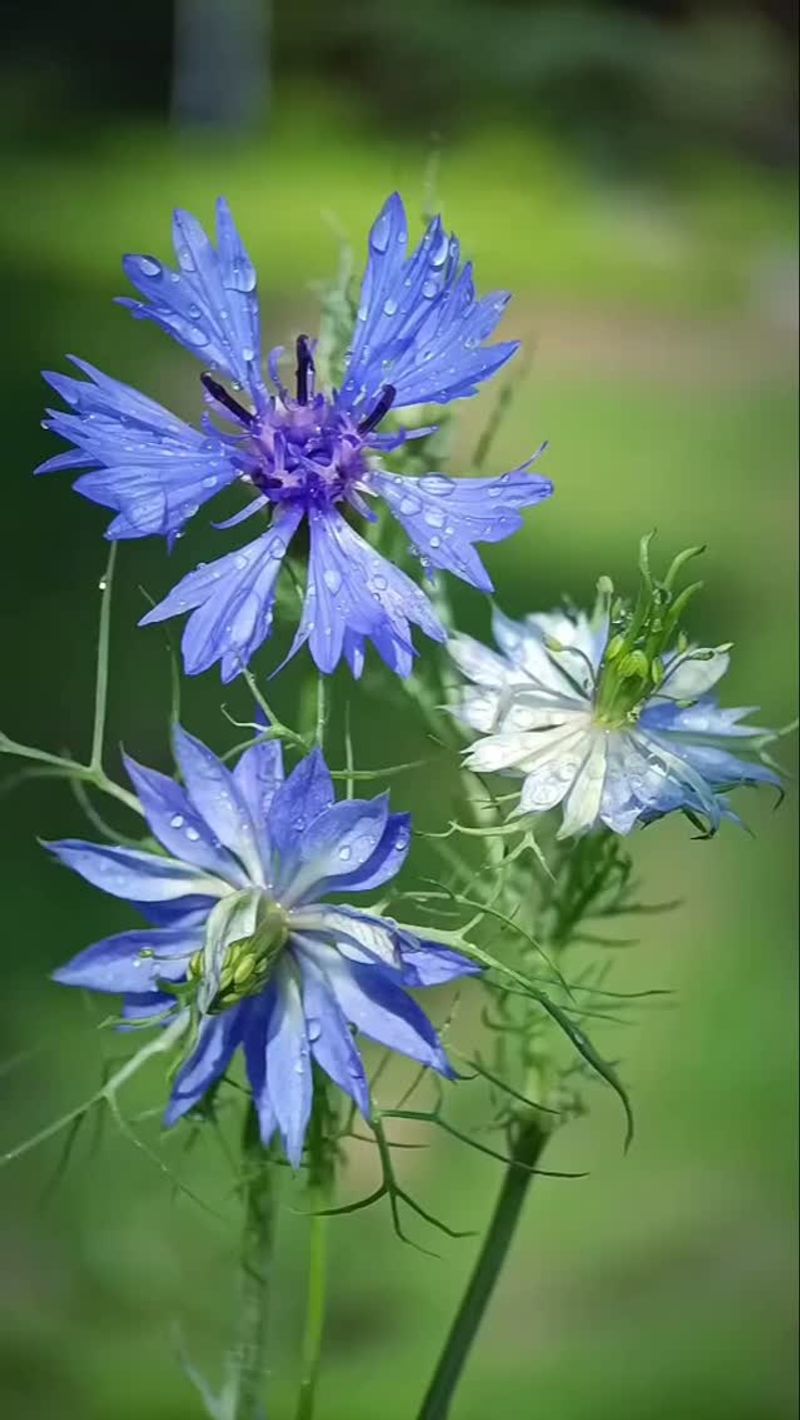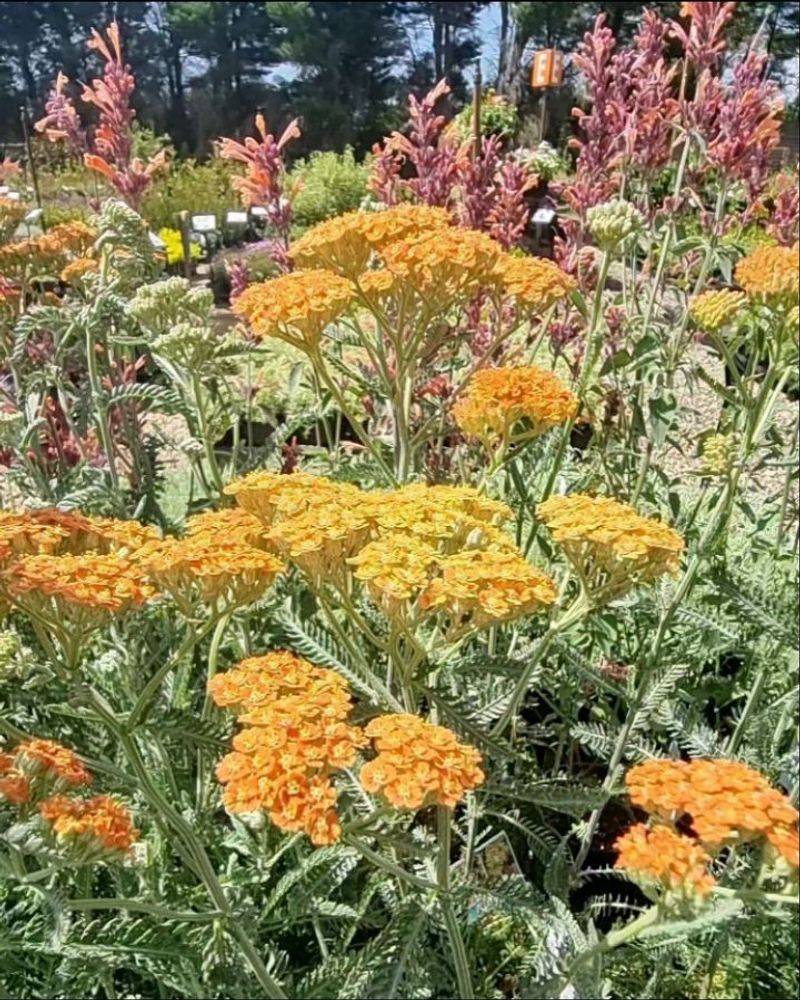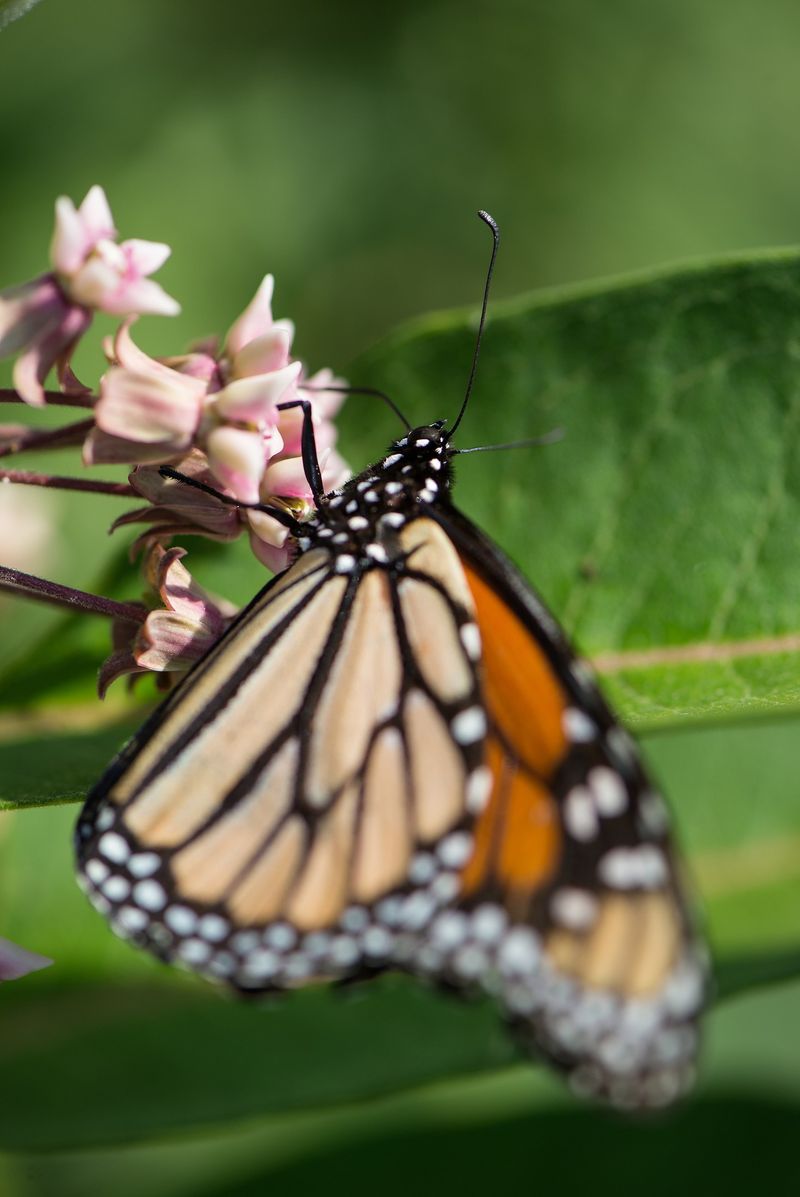If you’ve ever dreamed of a backyard bursting with wildflowers, it’s way easier than you might think. I started by scattering a few seed packs, and soon enough, the bees and butterflies moved in like they owned the place.
These 16 easy seeds are perfect for that carefree, natural look—with just enough planning to keep things thriving. I’ve got a few tips that helped mine bloom like crazy without turning into a mess.
Trust me, once they start popping up, you’ll wonder why you didn’t do it sooner.
1. California Poppies: Golden Cups of Sunshine
Nothing says ‘hello spring’ quite like these bright orange beauties popping up across your yard. These drought-tolerant flowers thrive in poor soil conditions where other plants struggle.
Simply scatter seeds in fall or early spring and watch them flourish with minimal care. They’ll reseed themselves year after year, creating a self-sustaining patch of golden sunshine that butterflies absolutely adore.
2. Black-Eyed Susans: Cheerful Yellow Daisies
Gardeners love these sunny yellow blooms for their resilience in almost any growing condition. Their golden petals with distinctive dark centers create instant cheer from midsummer through fall.
Sprinkle seeds after the last frost and keep soil slightly moist until established. Once growing, they’re remarkably drought-resistant and will spread naturally, filling empty spaces with their happy faces for years to come.
3. Bachelor’s Buttons: Sky-Blue Classics
Also known as cornflowers, these azure blooms bring a touch of the Mediterranean to any garden space. Their delicate, fringed petals add wonderful texture among other wildflowers and attract beneficial pollinators to your yard.
Sow directly in fall or early spring for the best results. Bachelor’s buttons are incredibly easy-going, tolerating poor soil and dry conditions once established, making them perfect for busy gardeners or neglected corners of your landscape.
4. Cosmos: Feathery Foliage With Daisy-Like Blooms
Reaching for the sky with their tall, slender stems, cosmos create a whimsical backdrop in any wildflower garden. Their feathery foliage adds texture while their pink, white, or magenta blooms dance in summer breezes.
Scatter seeds directly after frost danger passes and thin seedlings to allow proper air circulation. These Mexican natives laugh at drought and poor soil, actually producing more flowers when not pampered with rich soil or excess water.
5. Zinnias: Rainbow-Colored Cut Flower Champions
For non-stop color from early summer until frost, few flowers can compete with the bold, beautiful zinnia. Available in every shade except true blue, these Mexican natives bring butterflies flocking to your garden.
Direct sow after all danger of frost has passed and watch them zoom to maturity. The more you cut for bouquets, the more they’ll bloom! Their sturdy stems hold up well in arrangements, making them the perfect bridge between garden and indoor decor.
6. Sunflowers: Towering Giants With Golden Faces
Few garden sights are more cheerful than sunflowers tracking the sun across the summer sky. From dwarf varieties to 12-foot giants, these native American plants bring instant joy to any space.
Plant seeds directly after frost danger passes, spacing appropriately for your chosen variety. Birds will flock to your garden in fall to feast on the nutritious seeds, turning your backyard into a natural bird feeder and providing endless entertainment.
7. Sweet Alyssum: Honey-Scented Ground Cover
Creating a living carpet of tiny white, purple, or pink blooms, sweet alyssum fills the air with its honey-like fragrance. This low-growing wonder works beautifully as a border plant or tucked between stepping stones.
Scatter seeds in early spring or fall, barely covering them with soil. The delicate flowers attract beneficial insects that help control garden pests naturally. In mild climates, alyssum blooms nearly year-round, taking only short breaks during extreme heat.
8. Nasturtiums: Edible Flowers With Lily Pad Leaves
Gardeners get a two-for-one deal with nasturtiums – stunning flowers AND edible leaves with a peppery kick perfect for salads. Their round leaves collect morning dew like tiny water dishes, adding magical sparkle to early garden visits.
Soak the large seeds overnight before planting for quicker germination. Poor soil actually produces better blooms, so resist the urge to fertilize! These sprawling beauties work wonderfully in hanging baskets or as colorful ground cover in sunny spots.
9. Marigolds: Pest-Repelling Powerhouses
Beyond their cheerful orange and yellow blooms, marigolds serve as natural pest control in your garden. Their distinctive scent repels many harmful insects while their roots release compounds that deter nematodes in the soil.
Start from seed after frost danger passes, spacing 8-10 inches apart. For maximum pest control benefits, plant them around the perimeter of vegetable gardens. Their long blooming season ensures continuous color from late spring until the first hard frost.
10. Phlox: Fragrant Clusters of Star-Shaped Blooms
Summer evenings become magical when phlox releases its sweet perfume into the air. These native North American flowers produce dense clusters of star-shaped blooms in shades from pure white to deep purple.
Scatter seeds in fall for natural cold stratification, which improves germination. Once established, phlox forms expanding clumps that return more vigorously each year. Their nectar-rich flowers are butterfly magnets, turning your garden into a living kaleidoscope of fluttering wings.
11. Coneflowers: Purple Powerhouses for Pollinators
Native to American prairies, coneflowers (Echinacea) combine beauty with serious staying power. Their distinctive raised centers surrounded by drooping petals create architectural interest even after blooming ends.
Sow seeds in fall for spring germination after their natural cold period. Once established, they’ll withstand drought, poor soil, and neglect while still producing abundant blooms. Leave the seed heads standing through winter to feed hungry birds and add textural interest to your snow-covered garden.
12. Calendula: Edible Petals With Medicinal Powers
Often called pot marigold, calendula brings cheerful orange and yellow blooms from spring through fall. Beyond their beauty, the edible petals add color to salads while the flowers have been used medicinally for centuries.
Direct sow in early spring or fall in cooler climates. These cool-season bloomers often take a break during summer’s heat before rebounding for a spectacular autumn show. Deadhead regularly to encourage continuous flowering and prevent unwanted self-seeding.
13. Borage: Blue Stars With Cucumber Flavor
The electric blue, star-shaped flowers of borage create show-stopping contrast in any wildflower garden. Both the flowers and young leaves taste surprisingly like cucumber, making them popular additions to summer drinks and salads.
Direct sow after frost danger passes in well-drained soil. Borage grows quickly and self-seeds enthusiastically, so give it space to spread or be prepared to thin seedlings. Bees absolutely adore the nectar-rich blooms, making this herb a must-have for gardeners looking to support pollinators.
14. Love-in-a-Mist: Delicate Blooms in Feathery Foliage
Aptly named, the jewel-toned flowers of Nigella (love-in-a-mist) appear to float in a cloud of feathery, thread-like foliage. After blooming, the seed pods develop into balloon-like structures that add interest to dried arrangements.
Sow directly in fall or early spring, as they prefer cool weather for germination. These old-fashioned cottage garden favorites self-seed reliably without becoming invasive. Their unusual appearance pairs beautifully with more traditional wildflowers, adding whimsical texture to any garden space.
15. Yarrow: Drought-Tolerant Flat-Topped Clusters
Practically indestructible, yarrow brings butterfly-attracting flower clusters and ferny foliage to the toughest garden spots. Traditional white varieties mix beautifully with modern cultivars in pink, yellow, and even terracotta shades.
Scatter seeds in fall or early spring in well-drained soil. Once established, yarrow thrives on neglect, actually producing more flowers when not overwatered or fertilized. The flat-topped flower clusters make perfect landing pads for butterflies and beneficial insects while adding architectural interest to wildflower arrangements.
16. Milkweed: Monarch Butterfly’s Essential Host Plant
Growing milkweed isn’t just gardening – it’s conservation in action! These native plants are the only food source for monarch butterfly caterpillars, making them essential for the species’ survival.
Most varieties need cold stratification, so plant in fall or refrigerate seeds before spring planting. The fragrant flower clusters attract numerous pollinators while providing crucial habitat. As a bonus, the fascinating seedpods burst open in fall, releasing silky parachutes that float on autumn breezes.

